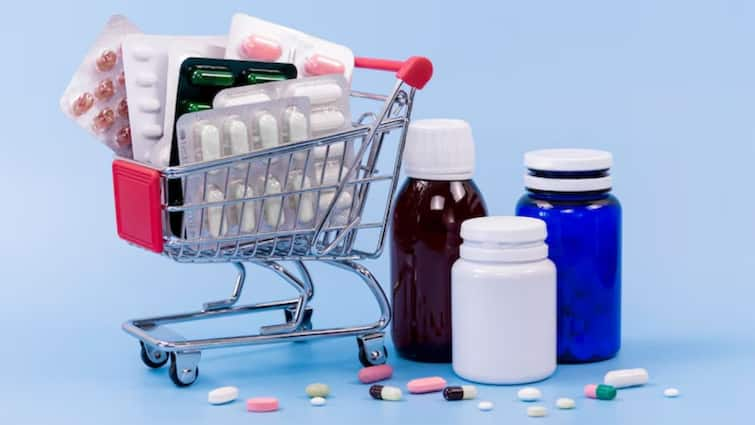US President Donald Trump is reportedly considering imposing tariffs of 200 per cent or more on imported pharmaceuticals, a dramatic shift that could upend decades of American trade policy and reshape the global drug supply chain. For years, medicines entering the US have enjoyed duty-free access, but this could soon change, according to a report citing administration discussions.
The potential move runs contrary to Trump’s earlier promises of lowering healthcare costs for Americans, reported Associated Press. Experts warn that such steep tariffs would almost certainly push drug prices higher, disrupt established supply lines, and risk shortages of vital medicines.
The measure could force low-cost foreign medicines out of the US market altogether. Healthcare economist Diederik Stadig of ING cautioned: “A tariff could hurt the consumers the most as they would feel the inflationary effect. It could be a direct effect for those who are paying directly for prescriptions and indirectly could increase insurance premiums.” He added that even a 25 per cent rise in costs might lift pharmaceutical prices by 10 to 14 per cent as supplies run tight.
Industry Reaction and Stockpiling
Trump has already pressed pharmaceutical companies to slash US prices. Reports indicate that he has sent letters urging drugmakers to develop plans offering most-favoured nation pricing domestically. He has also suggested any tariffs might be delayed for a year or more, allowing firms time to stockpile drugs or shift production closer to home.
Jeffries analyst David Windley observed that if duties were implemented in the second half of 2026, the real impact might not be felt until 2027 or 2028, as companies rely on reserves. Many analysts believe that Trump could eventually settle on a lower tariff, rather than the 200 per cent figure now under discussion.
How Will This Impact Consumers?
Medicines produced in the US would not face the tariffs, prompting some pharmaceutical companies to consider expanding domestic production. However, experts caution that building new facilities in the US would involve major expenses and take years to complete. Moreover, imported raw ingredients might still be subject to duties, exposing firms to higher costs despite local production.
Industry observers stress that the measure, if finalised, would bring significant uncertainty. While the aim is to bolster American manufacturing and reduce reliance on imports, the immediate fallout could be higher prices for patients, rising insurance premiums, and supply instability. With many details yet to be confirmed, the prospect of a 200 per cent tariff on imported pharmaceuticals remains one of the most closely watched developments in global trade and healthcare policy.



